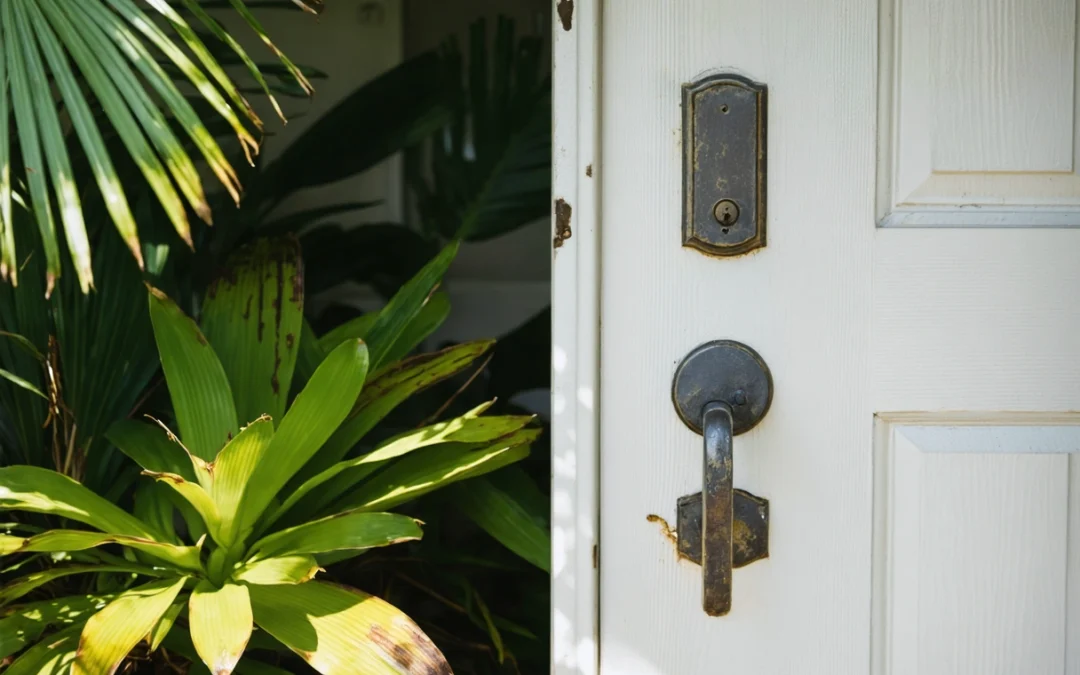Lock Maintenance in Coastal Florida: Protecting Your Home from Corrosion and Wear
Living in coastal Florida offers beautiful ocean vistas, balmy breezes, and a unique lifestyle. However, the very elements that make this region attractive can also pose challenges to homeowners, particularly when it comes to protecting the integrity of locks and securing residential properties. The salty air, high humidity, and frequent storms accelerate the corrosion and wear of metal components, making lock maintenance a crucial aspect of residential security. In this comprehensive guide, we’ll explore why coastal environments are so harsh on locks, how you can proactively maintain your home’s security, and the best practices for keeping your locks in peak condition year-round.
This article delves deep into the science of corrosion, practical maintenance strategies, and advanced solutions to ensure your locks withstand the rigors of Florida’s coastal climate. Whether you’re a new homeowner or a long-time resident, understanding these principles can help you avoid costly repairs and ensure your family’s safety.
Understanding the Risks: Why Coastal Florida is Tough on Locks
Coastal Florida’s environment is characterized by a trifecta of corrosion accelerators: salt-laden air, persistent humidity, and frequent rainstorms. The proximity to the ocean means that fine salt particles are constantly present in the atmosphere, settling on any exposed metal surface, including your door locks. Salt acts as an electrolyte, speeding up the electrochemical reactions that cause metal to oxidize and, eventually, corrode.
Humidity levels in coastal areas often hover above 70 percent, ensuring that moisture is ever-present. When salt and moisture combine on the surface of a lock, they create the perfect environment for atmospheric corrosion. Over time, this leads to pitting, rust formation, and internal degradation of locking mechanisms. The result is not just unsightly locks but, more importantly, a serious compromise to your home’s security as locks become difficult to operate or fail entirely.
The Science of Corrosion: How It Impacts Locks
To effectively combat corrosion, it’s crucial to understand how it occurs. Corrosion is a chemical process where metals react with environmental elements, primarily oxygen and water, to form oxides. In coastal Florida, the process is intensified by chlorides from sea spray, which break down the passive oxide layer that normally protects metals from rapid deterioration.
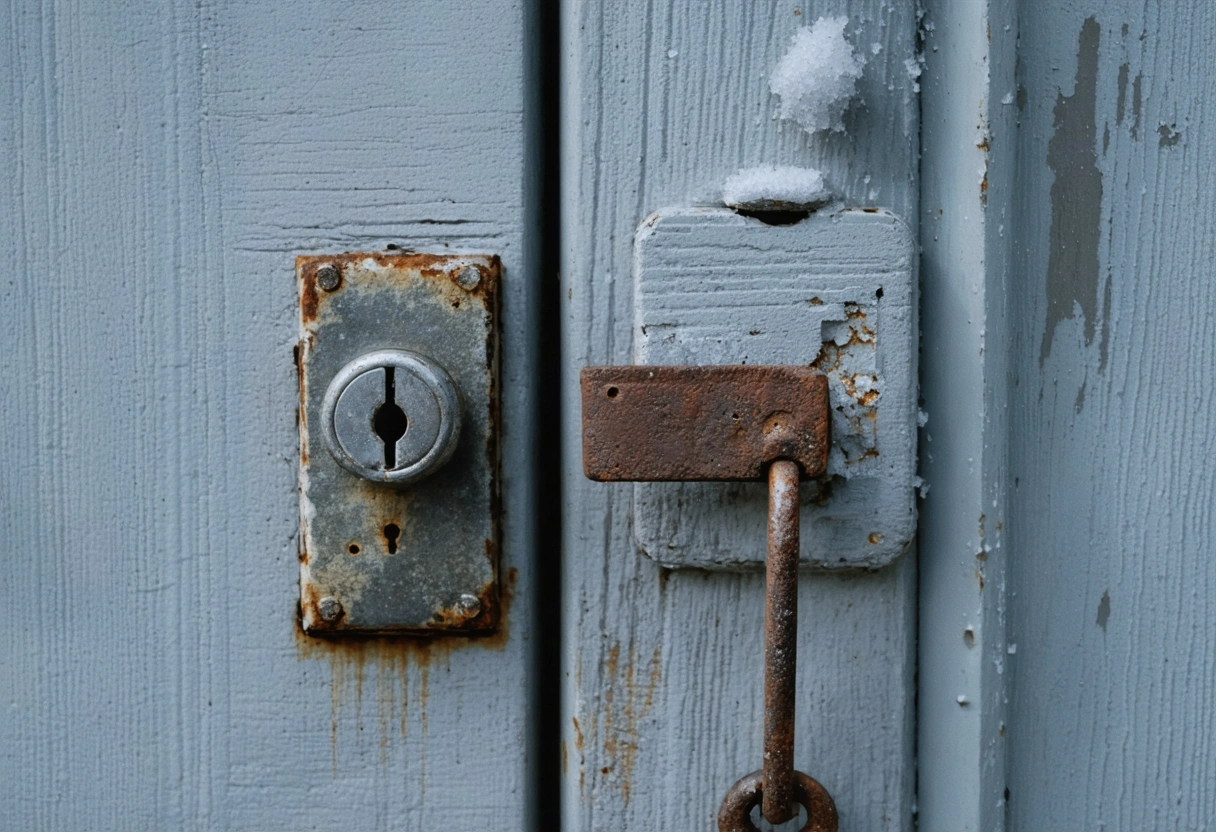
Locks are particularly vulnerable because they contain moving parts and small crevices where salt and moisture can accumulate. Pin tumbler locks, the most common type found in residential doors, have intricate internal components. When corrosion sets in, pins may seize, springs may weaken, and keyways may become obstructed. The result can range from sticky locks to complete lockouts, all of which jeopardize your home’s security.
Proactive Lock Maintenance: Your First Line of Defense
Preventing corrosion and wear starts with a proactive approach to lock maintenance. Consistent care not only extends the life of your locks but also ensures they function smoothly when you need them most. The following best practices are essential for any coastal Florida homeowner:
1. Regular Inspection and Cleaning
Inspect your locks at least once a month for signs of rust, discoloration, or difficulty in operation. Use a soft brush or compressed air to remove dust, sand, and salt deposits from the exterior and keyhole. Follow up with a damp cloth to wipe down exposed surfaces, making sure to dry thoroughly to prevent moisture retention.
For stubborn salt buildup, a mild solution of water and vinegar can be effective. However, avoid harsh chemicals that may degrade metal finishes or internal components. Always test cleaning solutions on a small, inconspicuous area first.
2. Lubrication: The Right Way
Proper lubrication is vital for keeping your locks functional in a salty, humid climate. Use a graphite-based or Teflon-based lock lubricant instead of oil-based products, which can attract dust and accelerate wear. Apply lubricant sparingly to the keyway and internal mechanisms, then insert and turn the key several times to distribute it evenly.
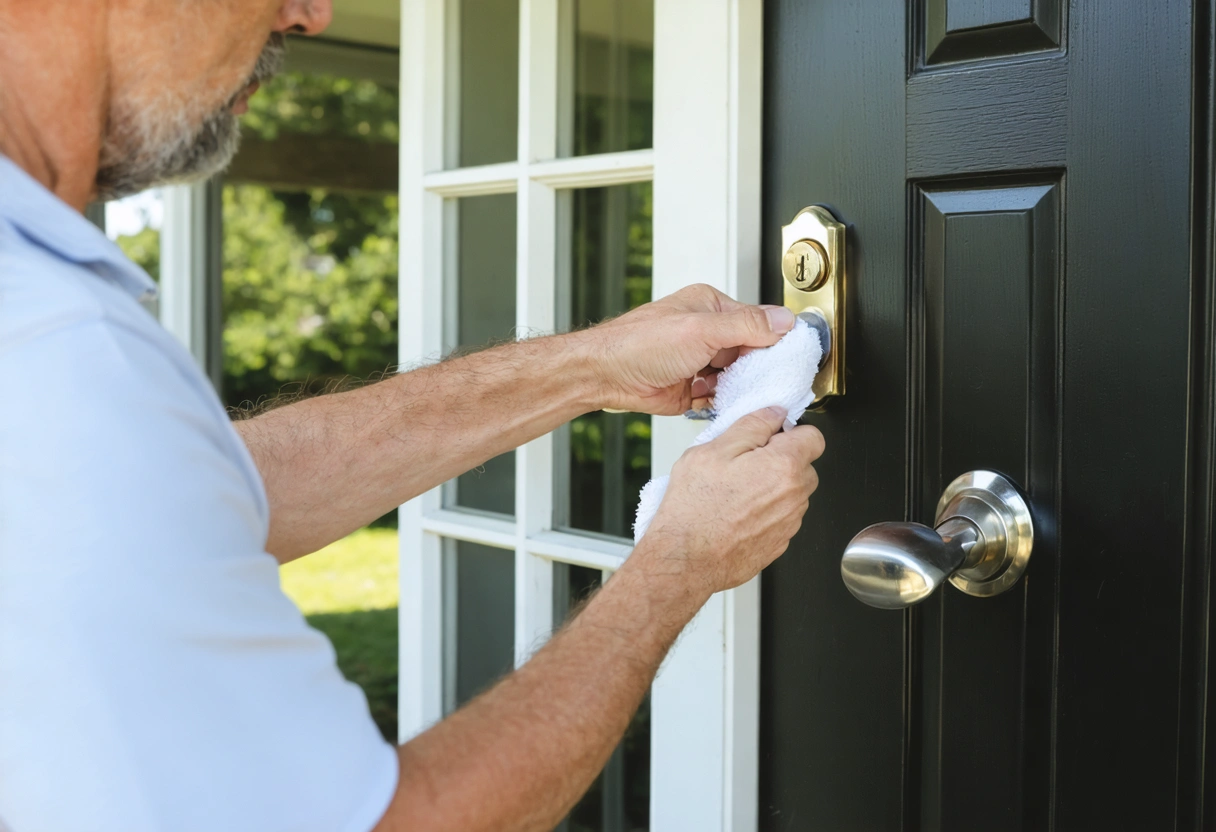
It’s a good idea to lubricate all exterior locks every three to six months, or more frequently if you live particularly close to the shoreline or experience heavy salt exposure.
3. Protective Barriers and Covers
Installing lock covers or escutcheon plates can provide an additional layer of protection against direct exposure to the elements. These accessories shield the lock from driving rain, salt spray, and UV rays, all of which contribute to wear and tear. For sliding patio doors, consider using weatherstripping or sealant to minimize moisture intrusion around the locking mechanism.
4. Prompt Repairs and Replacement
At the first sign of malfunction, address the issue immediately. Minor problems such as sticking keys or slow operation often precede more severe lock failures. In coastal Florida, where corrosion can progress rapidly, a small issue today can become a costly emergency tomorrow. If a lock shows significant rust or internal damage, replacement is usually the safest option.
Choosing the Right Locks for Coastal Environments
Not all locks are created equal, and some are far better suited to withstand the harsh coastal conditions of Florida. When selecting new locks for your home, prioritize materials and designs that are specifically engineered for corrosion resistance and durability.
Best Materials for Coastal Locks
Locks made from stainless steel, brass, or other marine-grade alloys offer superior resistance to rust and corrosion. Stainless steel, in particular, contains chromium, which forms a stable oxide layer that protects the underlying metal. Brass is also naturally resistant to corrosion and is often used for both lock bodies and internal components.
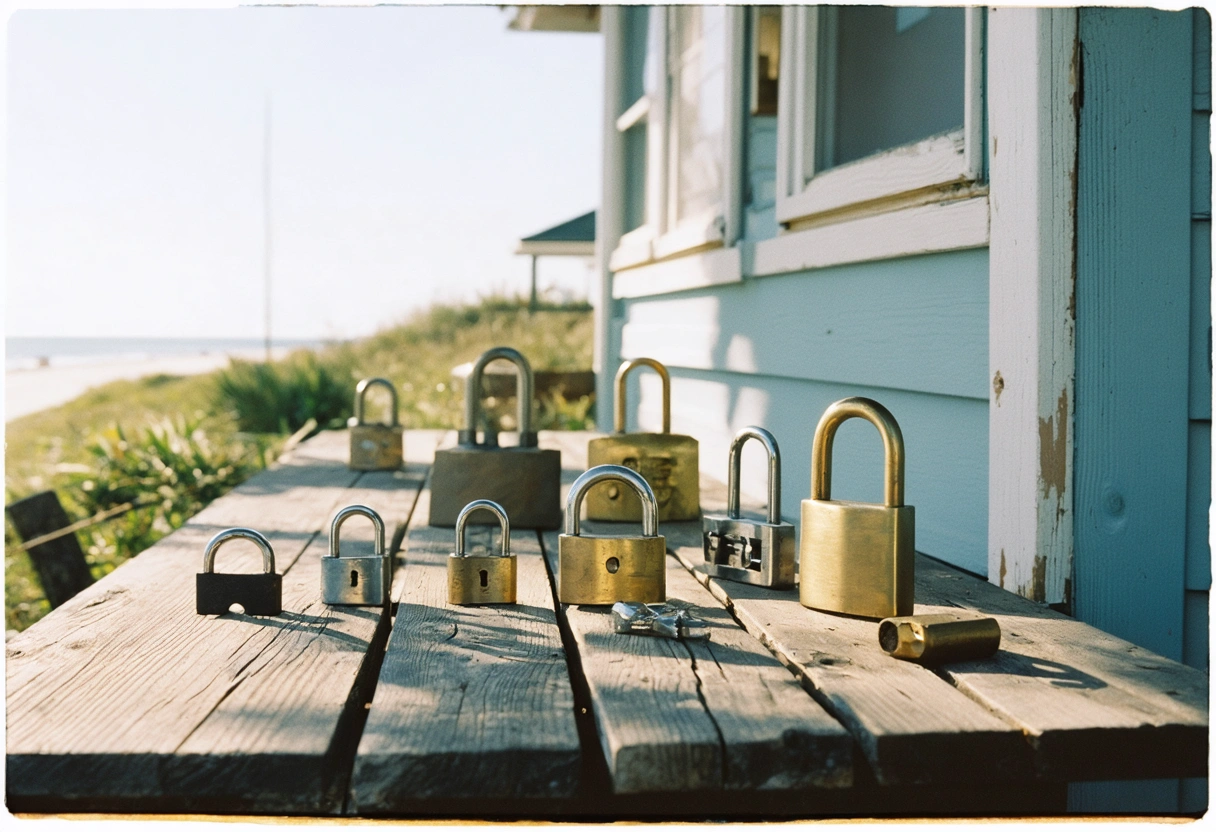
Look for locks that are marketed as “weather-resistant” or “marine-grade,” and check manufacturer specifications for details about corrosion testing and environmental ratings. These products are designed to withstand continuous exposure to salt and moisture, making them an excellent investment for coastal Florida homeowners.
Advanced Lock Technologies
Electronic and smart locks are becoming increasingly popular in residential settings. While these devices offer convenience and enhanced security features, they also require special consideration in coastal environments. Choose models with robust seals, waterproof ratings, and corrosion-resistant finishes. Battery compartments should be tightly sealed to prevent moisture ingress.
For more information on selecting weatherproof security hardware, refer to this detailed guide to smart locks which covers durability and environmental protection factors.
Environmental Factors: How Weather Patterns Affect Lock Longevity
Florida’s weather is as dynamic as it is beautiful. Beyond everyday humidity and salt, the region experiences powerful storms, hurricanes, and intense UV exposure. Each of these elements can shorten the lifespan of your locks if not addressed proactively.
During hurricane season, wind-driven rain and flying debris can damage exposed locks. After a storm, always inspect your locks for visible damage or water intrusion. UV radiation from the sun can also degrade plastic and painted surfaces, leading to cracks or peeling that allow moisture to penetrate.
Seasonal Maintenance Checklist
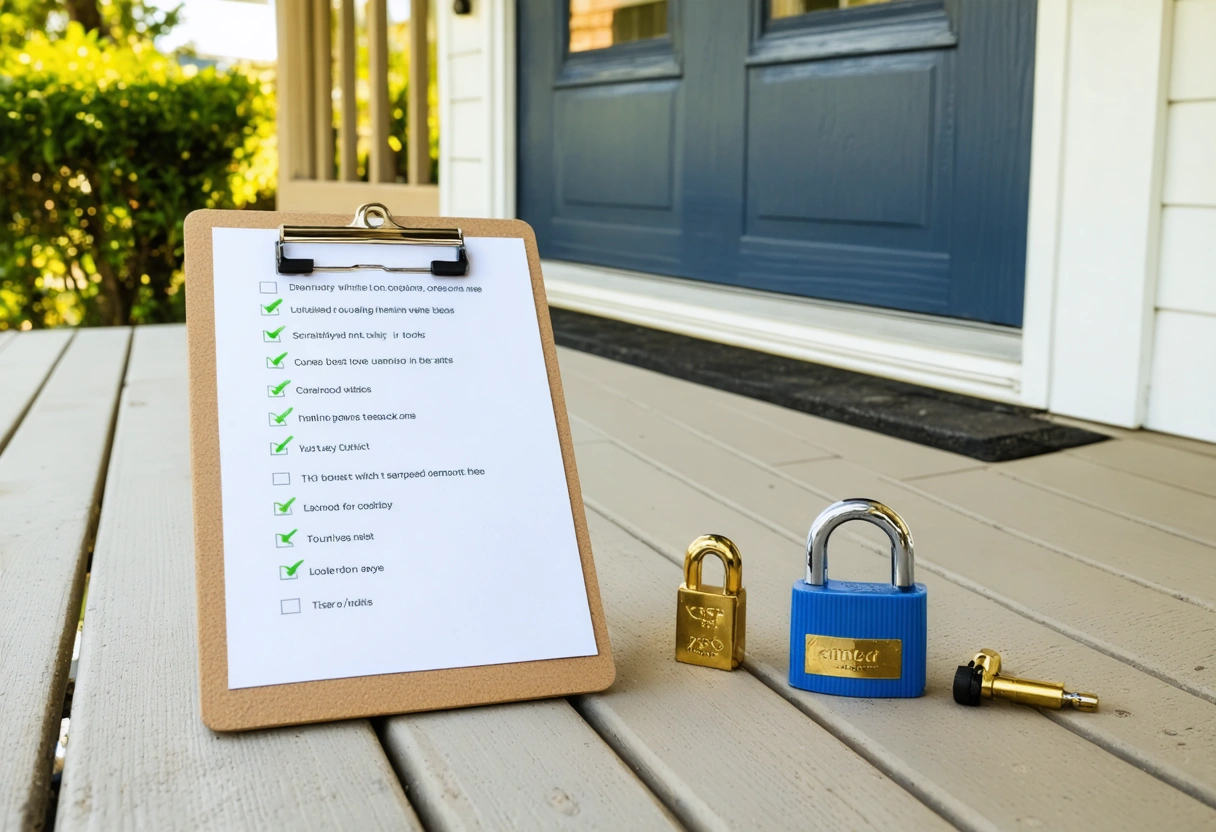
- Inspect all exterior locks before and after the rainy season.
- Reapply lubricant to all locks at the start of summer and winter.
- Check for signs of UV damage, especially on plastic or painted lock components.
- Remove and clean locks that show heavy salt buildup or corrosion.
- Replace weatherstripping and seals as needed to maintain a tight barrier against moisture.
By integrating these tasks into your seasonal home maintenance routine, you’ll significantly extend the lifespan of your locks and maintain reliable security throughout the year.
Professional Maintenance and When to Call a Locksmith
While regular DIY maintenance is critical, some situations require professional intervention. If a lock becomes difficult to operate despite cleaning and lubrication, or if you suspect internal corrosion, it’s wise to consult a qualified locksmith. Professional technicians have the tools and expertise to disassemble, clean, and restore complex lock mechanisms, or recommend suitable replacements.
Annual professional servicing can serve as a preventive measure, especially for high-use entry points or valuable outbuildings. During a service visit, a locksmith can check for hidden corrosion, recalibrate lock alignment, and suggest upgrades to improve resistance against both the elements and potential intruders. For advice on choosing a reputable locksmith, consult this comprehensive guide to locksmith selection.
Upgrading to Enhanced Security Solutions
In some cases, the best response to chronic corrosion is upgrading to newer, more advanced security systems. Keyless entry pads, fingerprint scanners, and electronic deadbolts offer not only increased convenience but also eliminate many of the mechanical components most susceptible to salt and moisture damage. Many of these systems are specifically designed for harsh environments and come with robust warranties.
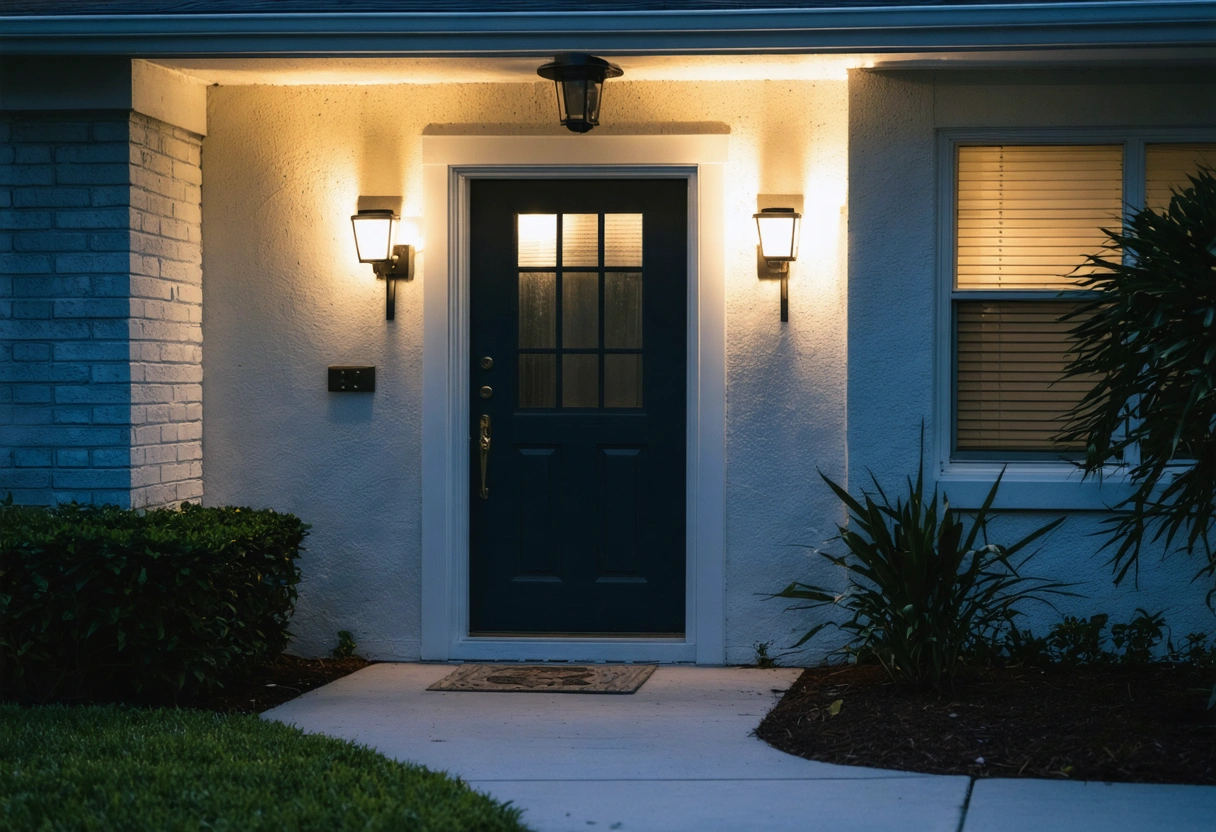
Additional Security Tips for Coastal Homeowners
Lock maintenance is only one aspect of securing your coastal Florida home. Consider these additional strategies to further safeguard your property:
- Install Storm Doors: These provide an extra layer of protection for your primary entry locks, shielding them from direct exposure during storms.
- Maintain Landscaping: Trim back shrubs and trees near entry points to eliminate hiding spots for intruders and reduce debris that can accumulate around locks.
- Use Security Cameras and Lighting: Well-placed cameras and motion-activated lights deter break-ins and help monitor the condition of exterior hardware.
- Regularly Update Security Systems: Ensure your alarms, sensors, and electronic locks receive firmware updates and are tested for functionality, especially after extreme weather events.
For more extensive insights into residential security, explore this in-depth resource on home security best practices.
Securing Your Coastal Florida Home for the Long Run
Maintaining robust, corrosion-free locks in coastal Florida is a year-round commitment that pays dividends in safety and peace of mind. By understanding the unique challenges posed by the region’s climate and adopting a proactive maintenance routine, you can extend the lifespan of your locks and reduce the risk of unexpected failures or security breaches.
Choose high-quality, corrosion-resistant hardware, follow a regular cleaning and lubrication schedule, and don’t hesitate to seek professional help when necessary. Remember, the investment you make in your home’s security today can prevent costly repairs and provide priceless protection for your family tomorrow.
For further reading on the science behind corrosion and its prevention, visit this authoritative overview of atmospheric corrosion. With the right approach and vigilance, your home can remain a secure sanctuary amid the beauty and challenges of Florida’s coast.
Need help with Lock Maintenance in Coastal Florida: Protecting Your Home from Corrosion and Wear?

